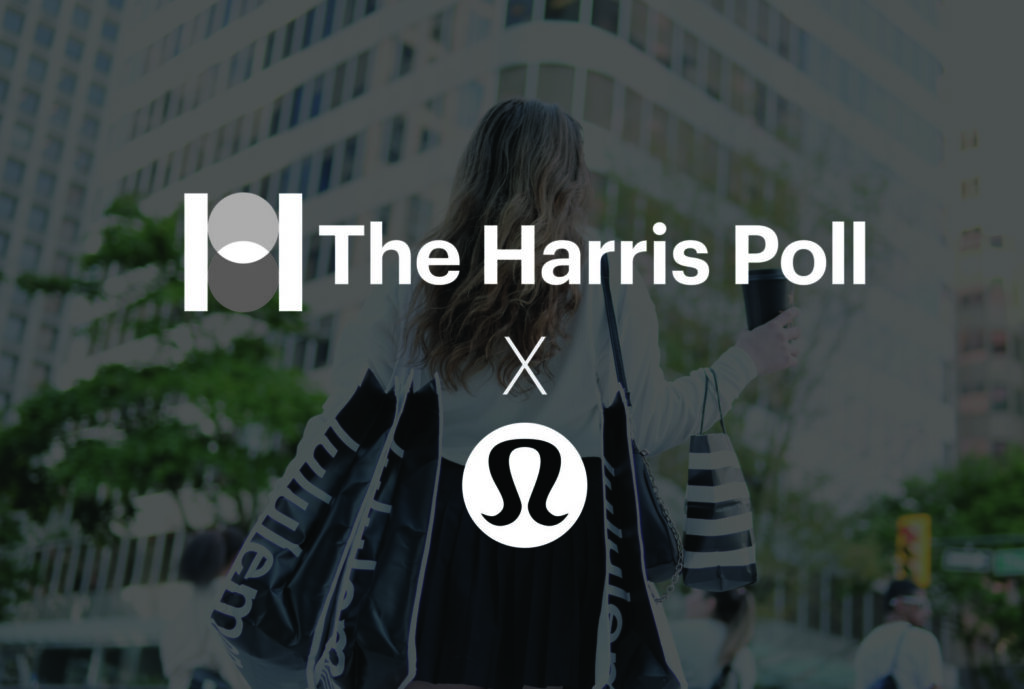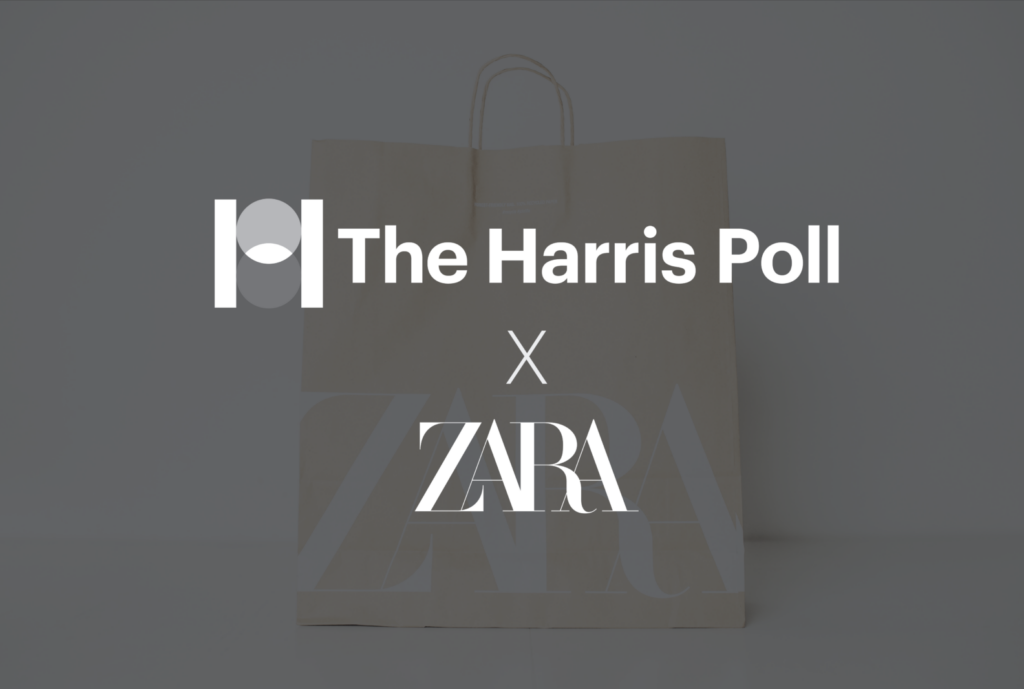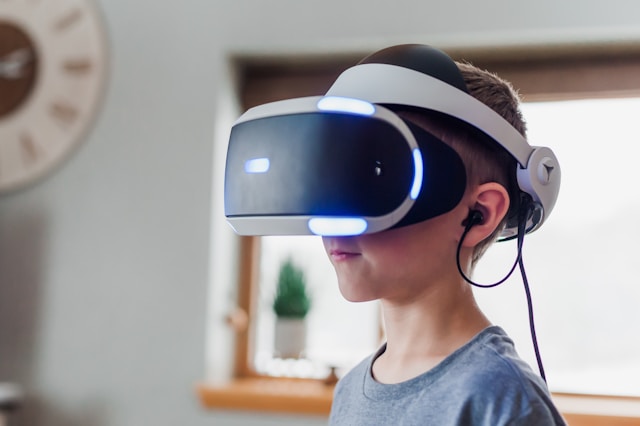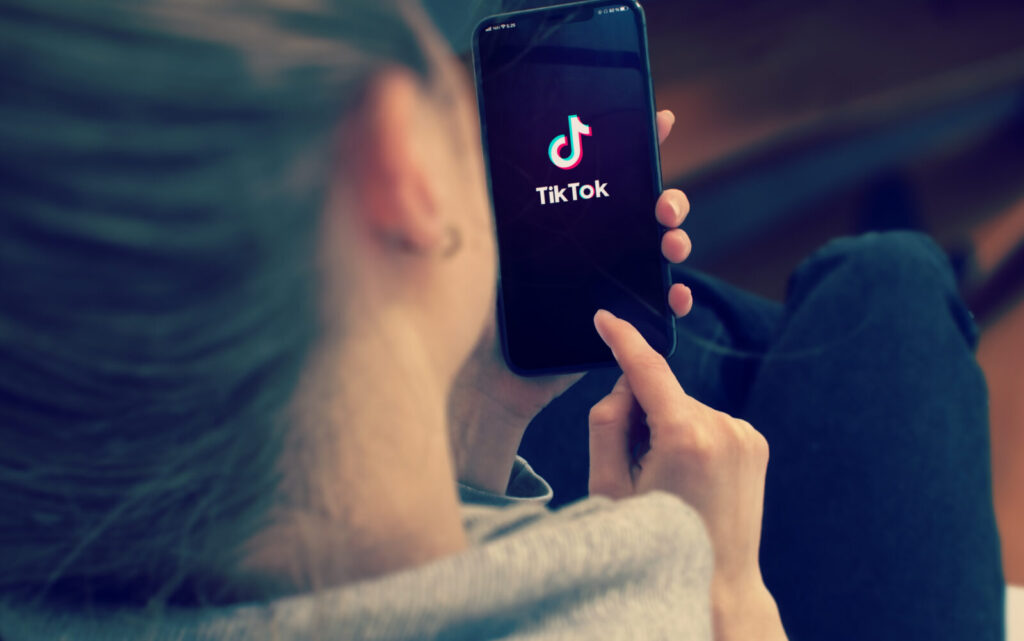Brief • 2 min Read
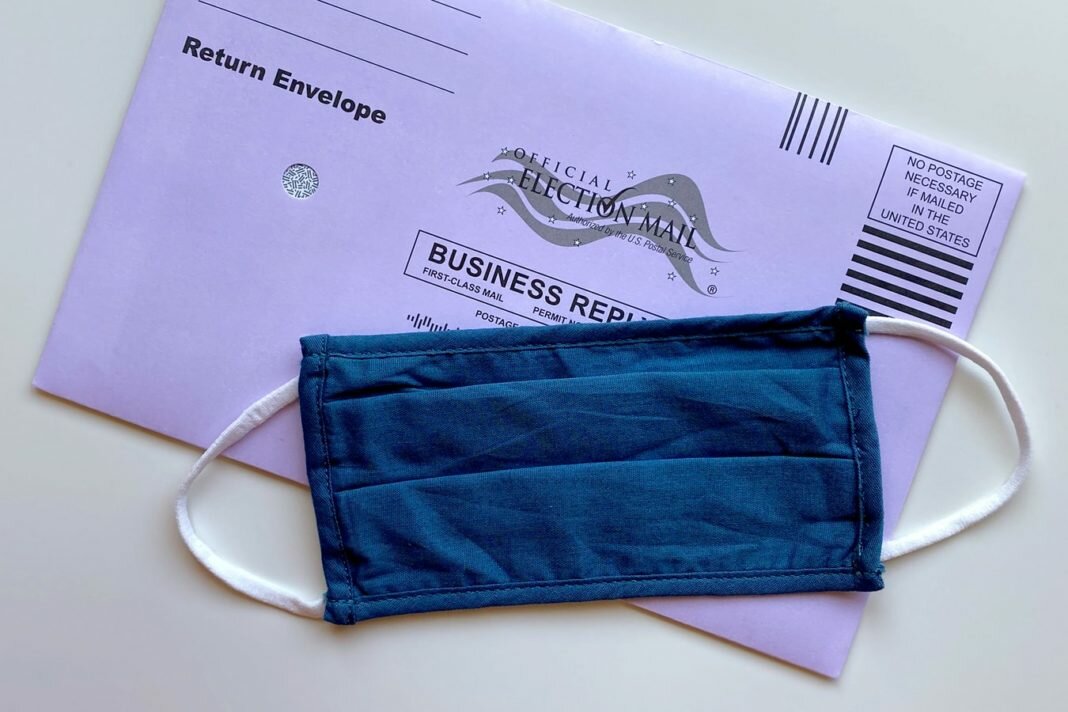
Washington, DC (October 28, 2020) — A new national poll conducted for Science is US released today finds that in the wake of Covid-19, 86% of registered/likely voters feel that policymakers should always use the best available scientific data to inform policy decisions and that two-thirds of voters would only vote for a political leader who relies heavily on science to inform policy decisions. The Harris Poll, commissioned by Science is US, also reveals that non-profit science organizations and academic institutions are the most trusted sources of science information.
In the midst of Covid-19 and a highly politicized environment around science, the poll reveals Americans are grappling with trust in their political leaders on scientific issues. This poll was conducted between September 2–30, 2020 among a national online sample of 1,001 adults aged 18 + who are registered and likely to vote.
Key findings among national registered/likely voters include:
- Almost nine in 10 (86%) feel that policymakers should always use the best available scientific data to inform policy decisions.
- Two-thirds (66%) say they would only vote for a political leader who relies heavily on science to inform policy decisions.
- Eight in ten (80%) agree that in the wake of Covid-19 scientists are more trustworthy than the federal government.
- While 69% feel that their state leaders have properly utilized science and data when making policy decisions regarding public health, only 48% felt the federal government did.
- Over six in ten trust the science information they receive from academic institutions (66%) and non-profit science organizations (62%) a great deal/a lot. This compares to 20% who trust national politicians, 23% who trust local politicians and 24% who trust social media.
“The COVID-19 pandemic brought the essential role that science and evidence plays in policy decision-making to the forefront of many American voters minds,” said Rachel Kerestes, Executive Director of Science is US. “Policymakers must utilize the best available science and evidence — and listen to scientists, engineers and other trained experts — in order to improve their decisions across the board. This research tells us there’s an opportunity to better connect our leaders with the best available science to produce the best policy outcomes.”
Read the Topline Summary here.
About Science is US
Science is US is a foundation-supported effort that brings together a diverse group of science, engineering, industry, higher education and labor organizations to galvanize a broad, bipartisan political base of support for science and technology.
About The Harris Poll
The Harris Poll is one of the longest running surveys in the U.S. tracking public opinion, motivations and social sentiment since 1963 that is now part of Harris Insights & Analytics, a global consulting and market research firm that delivers social intelligence for transformational times. We work with clients in three primary areas; building twenty-first-century corporate reputation, crafting brand strategy and performance tracking, and earning organic media through public relations research. Our mission is to provide insights and advisory to help leaders make the best decisions possible. To learn more, please visit www.theharrispoll.com.
Methodology
This survey was conducted online within the United States by The Harris Poll on behalf of Science is US from September 2–30, 2020 among 1,001 U.S. adults ages 18 and older who are registered and likely voters.
Results are statistically weighted for age within gender, region, race/ethnicity, household income, education, marital status, and size of household where necessary to align them with their actual proportions in the population. Propensity score weighting is also used to adjust for respondents’ propensity to be online.
All sample surveys and polls, whether or not they use probability sampling, are subject to multiple sources of error which are most often not possible to quantify or estimate, including sampling error, coverage error, error associated with nonresponse, error associated with question wording and response options, and post-survey weighting and adjustments. Therefore, the words “margin of error” are avoided as they are misleading.
All that can be calculated are possible sampling errors with different probabilities for pure, unweighted, random samples with 100% response rates. These are only theoretical because no published polls come close to this ideal.
Under ideal circumstances, the theoretical sampling error for this survey is + or — three percentage points.
Subscribe for more Insights
Subscribe to our newsletter for the latest trends in business, politics, culture, and more.
Subscribe for more Insights
Subscribe to our newsletter for the latest trends in business, politics, culture, and more.
Related Content
